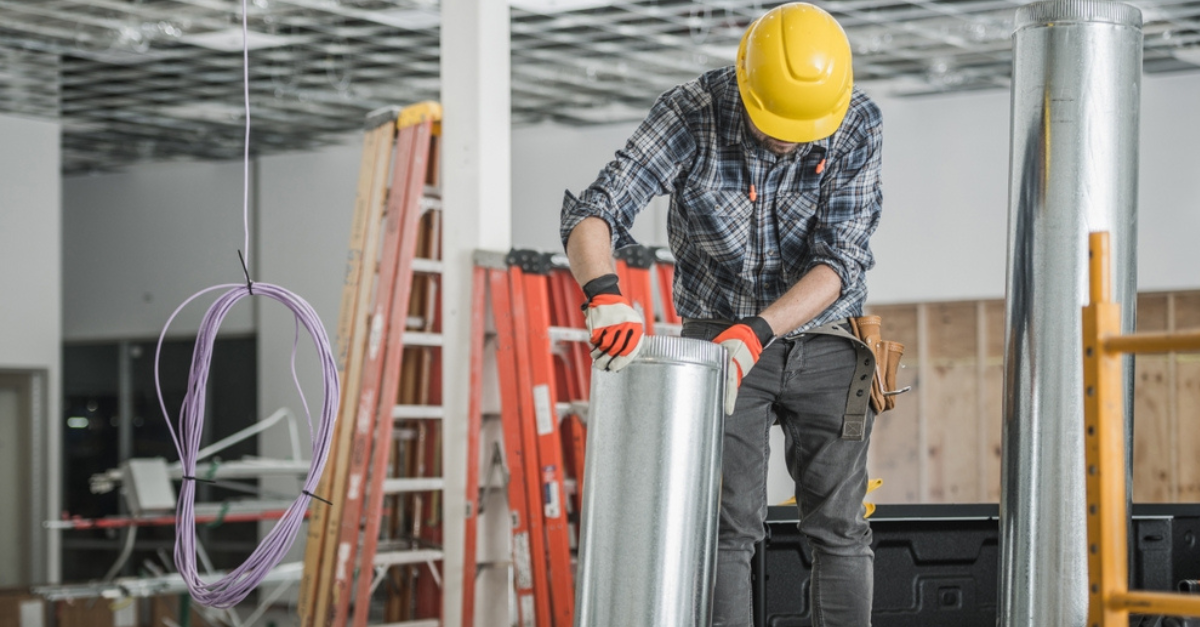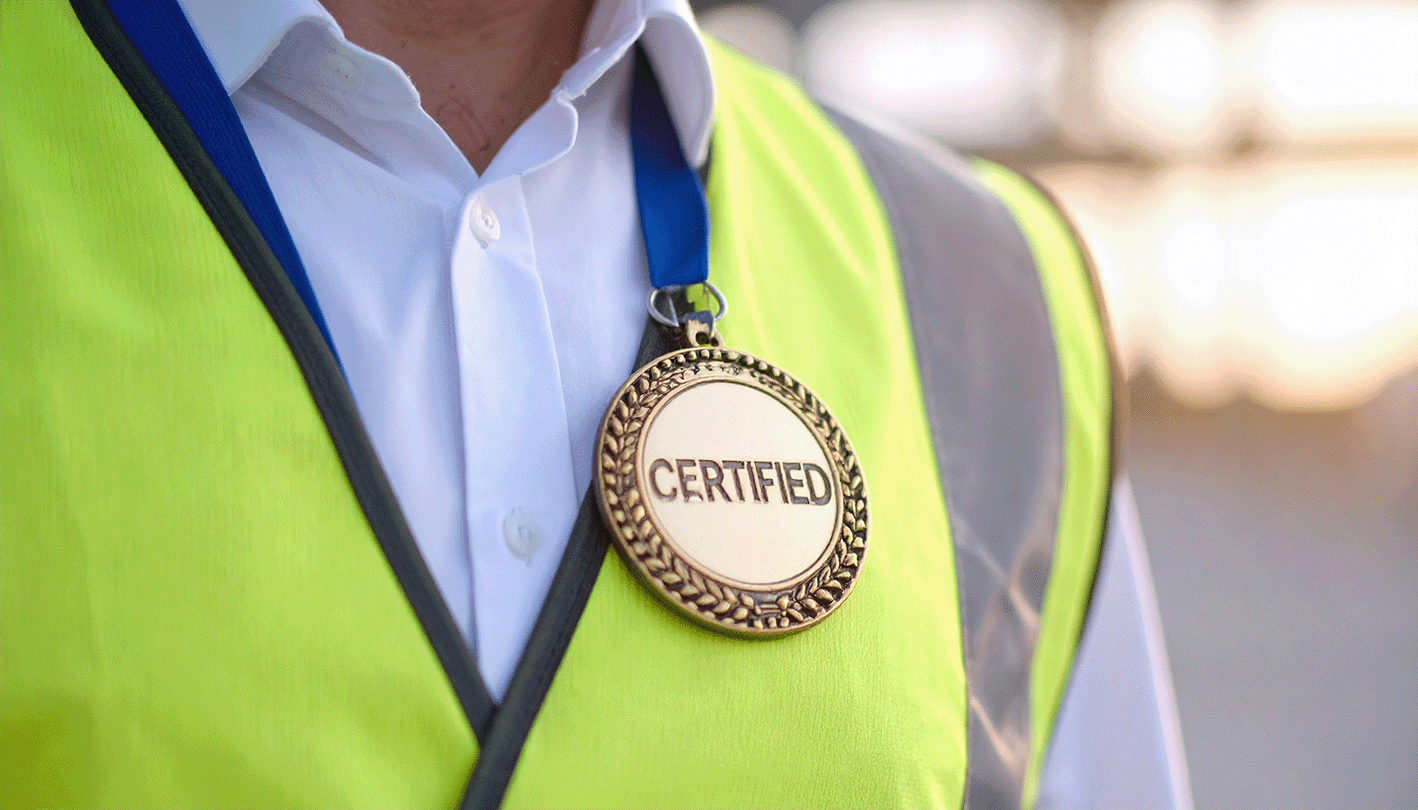The 6 Phases of Soft Landings for Buildings
The Soft Landings framework typically consists of six key phases, designed to ensure the successful transition of a building from construction to operation, with a focus on performance and occupant satisfaction.
In this article we run through the framework's general phases as they relate to building design and construction, and how post occupancy evaluation can help ensure optimal indoor air quality and indoor environmental quality.
For more background on soft landings, see our article The Link Between Soft Landings in Construction and Indoor Air Quality.
1) Inception and briefing
This is the initial phase where project stakeholders, including the client, design team, and end-users, come together to define the project's objectives, requirements, and performance expectations. It's a critical phase for aligning all parties and setting the project on the right course.
2) Design development and review
During this phase, the design team develops the detailed design based on the project brief. Soft Landings principles are applied to ensure that the design aligns with the project goals, including occupant comfort, energy efficiency, and ease of operation and maintenance. This phase includes thorough reviews and assessments of the design.
3) Construction
The construction phase is where the project is built according to the approved design. Soft Landings principles are integrated into the construction process to ensure that building systems and components are installed correctly and meet performance standards.
4) Pre-handover
This phase occurs just before project handover to the client or building operator. It involves a final check of all building systems, commissioning activities, and any necessary training for the end-users and maintenance staff. Pre-handover is a crucial phase to ensure that the building is ready for operation.
5) Initial aftercare
Once the building is occupied, the initial aftercare phase begins. This phase focuses on supporting the building's occupants and addressing any immediate issues or concerns that may arise during the early days of operation. It includes ongoing training, troubleshooting, and assistance with building systems.
6) Extended use and monitoring
This phase extends beyond the initial occupancy period and can last for several years. It involves continuous monitoring of the building's performance and occupants' satisfaction, as well as addressing any long-term issues or improvements. Performance metrics are used to measure the building's performance against its original objectives.
Post Occupancy Evaluation (POE) of air quality
In our article A Quick Guide to POE of Indoor Air Quality, you can find out what a good POE should test for so you can ensure the health and well-being of building occupants, while optimising the performance of a building's HVAC systems.
The Soft Landings process emphasises collaboration, communication, and a holistic approach to building projects. It aims to reduce the risk of post-construction problems, enhance the building's performance, and ensure that it meets the needs of its occupants and operators. The specific duration of each phase may vary depending on the project's size, complexity, and objectives, but all six phases are essential components of the Soft Landings framework.






